💬 What’s the worst book cover you’ve ever seen?
Before we get to my conundrum, let's review The Evolution of Romance Book Covers
Romance book covers have undergone dramatic transformations, reflecting changing societal norms, reader preferences, and publishing trends.
Early Roots
The modern romance cover took shape during World War II, coinciding with the rise of mass-market paperbacks. These early covers looked like movie posters, showcasing scene-driven imagery directly tied to the book’s plot.
One standout example? W.A.A.F. Into Wife (1943) by Barbara Stanton, where a woman in uniform is admired by a pilot—a direct nod to wartime romance fantasies.
The Clinch Cover Era
The 1960s and 1970s ushered in the golden age of clinch covers, where couples in dramatic, passionate embraces became the industry standard.
The term "clinch" comes from the word itself—a tight, fervent embrace—and these covers perfectly captured the emotional intensity and high stakes of romance novels.
Popularized by Avon and other major publishers, clinch covers reflected the era’s shifting attitudes toward romance and sexuality, paralleling the sexual revolution of the time. Kathleen E. Woodiwiss’s The Flame and the Flower (1972) is a prime example, featuring a vulnerable heroine and a rugged, dominant hero.
Step-Back Covers
By the late 1980s and early 1990s, step-back covers provided a compromise for shy romance readers who wanted the steam but not the side-eye from strangers.
The concept? A tame, discreet outer cover—often a landscape or simple design—hiding a more explicit, dramatic clinch-style illustration inside. A great example? Charming the Prince by Teresa Medeiros.
Minimalism Takes Over
The 2000s saw a radical shift. Instead of dramatic embraces, single-object covers took over, emphasizing symbolism over character-driven artwork. Think:
Twilight – a pair of pale hands cradling an apple.
Fifty Shades of Grey – a simple yet suggestive silk tie.
These covers left more to the imagination, creating an aura of mystery and sophistication.
The Rise of Cartoony Covers
Fast-forward to today, and graphic, illustrated covers dominate the romance genre. No longer confined to Chick Lit, this trend now extends across contemporary romance, rom-coms, and even some fantasy romance.
A perfect example? The Love Hypothesis by Ali Hazelwood, with its bright colors and playful illustration—you'd never suspect the amount of spice within.
📣 I want to hear from YOU. Which cover trend do you wish would make a comeback? Personally, I think we deserve the return of Step-Back Covers—some beauty on the outside and a little spice inside!
Subgenre Trends
Each romance subgenre has its own visual language, shaping how books are marketed and perceived.
Dark Romance
Dark romance covers lean into shadowy, moody aesthetics, often featuring black masks or shattered glass—all reinforcing themes of power, obsession, and danger.
📖 Example: Lights Out: An Into Darkness Novel by Navessa Allen.
Paranormal Romance
Paranormal romance often favors object-based covers, using enchanted weapons, mystical amulets, or celestial imagery to convey a sense of magic and intrigue.
📖 Example: From Blood and Ash by Jennifer L. Armentrout.
Romantasy—My Genre
Romantasy blurs the line between epic fantasy and romance, and its cover trends reflect that blend.
Symbolism dominates:
👑 Crowns - royalty, power and destiny.
🐍 Snakes - transformation and temptation.
⚔️ Swords - conflict, adventure and fate.
Fourth Wing and ACOTAR are bestselling examples, featuring bold typography and subtle fantasy elements.
Character-driven covers are rare but not unheard of. Throne of Glass features Celaena Sardothien on the cover, proving that character art, wile rare, can still work.
Emerging Cover Trends for 2025
🔥 Illustrated Covers are becoming the go-to style across ALL romance subgenres. 🔥 Symbolism > Character Depictions – Objects now take center stage over faces.
And yet… I chose a character-driven cover featuring two lovers. In a world where cover design can make or break a book’s success, did I just set myself up for failure… or did I take a bold step toward standing out?
💬 What do you think? In a market dominated by illustrated and symbolic covers, did I make a mistake by choosing a character-driven design?
References
📖 The Evolution of Romance Novel Covers – Fullerton College Hornet
📖 W.A.A.F. Into Wife (1943) by Barbara Stanton – Reading 1900–1950
📖 The Rise & Legacy of Clinch Covers – Book Riot
📖 Favorite Historical Romance Stepbacks – Romantic Parvenu
📖 Why Book Covers Are Making a Comeback – Entrepreneur
📖 Publishers Weekly – Anatomy of a Cover
📖 Miblart – Book Cover Trends
📖 Damonza – Book Cover Trends for 2025




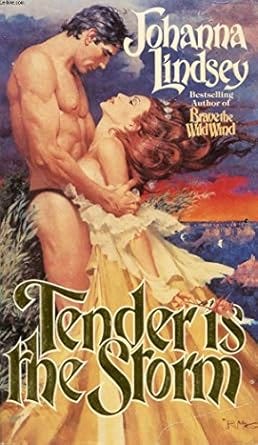
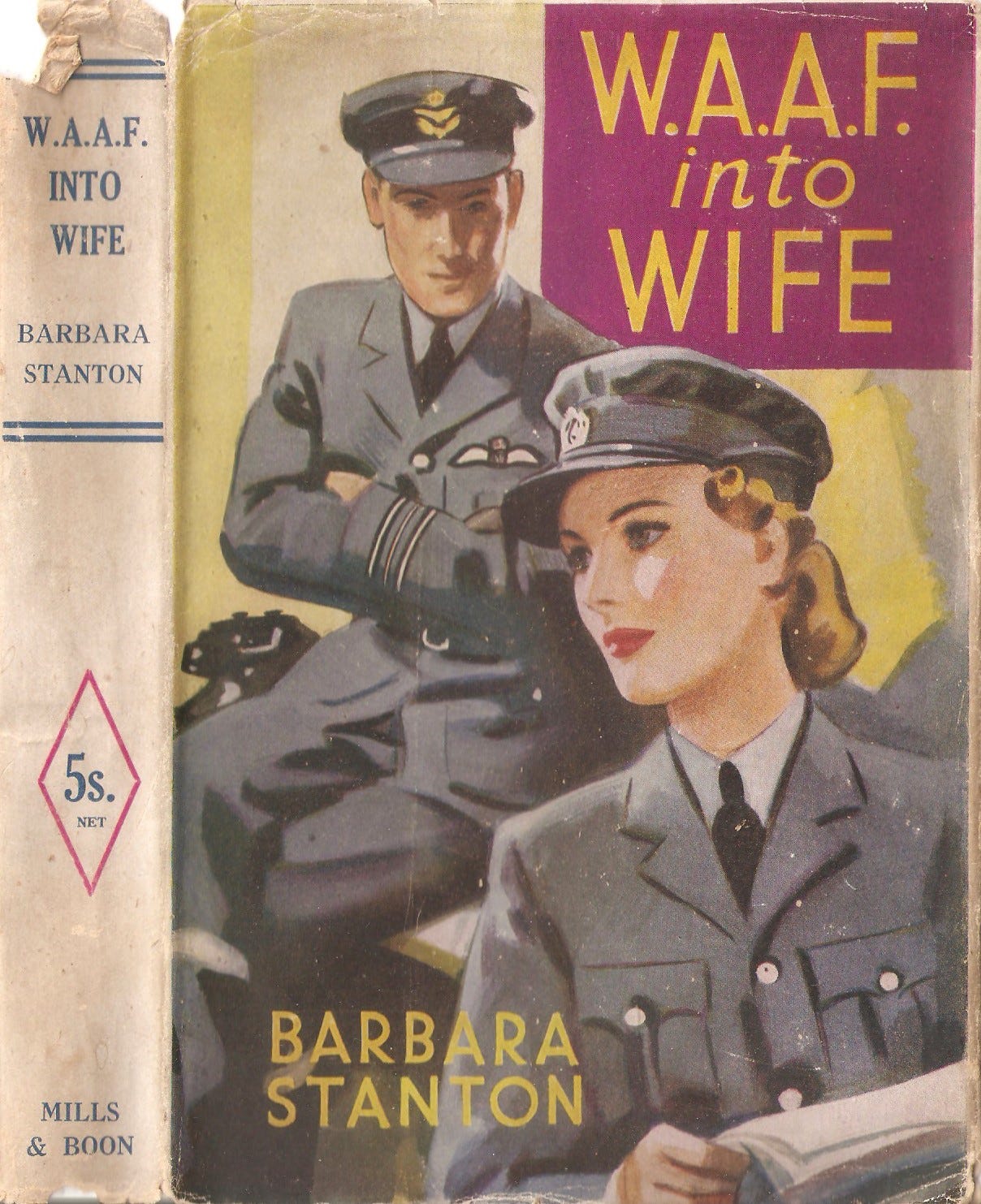
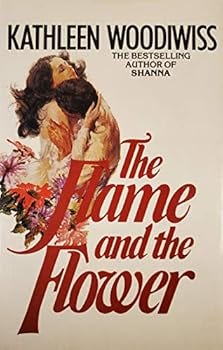
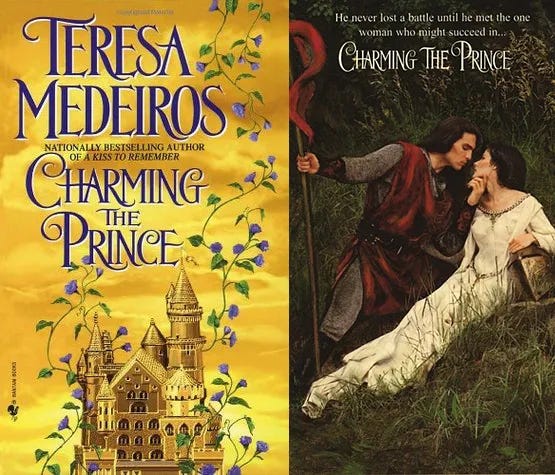

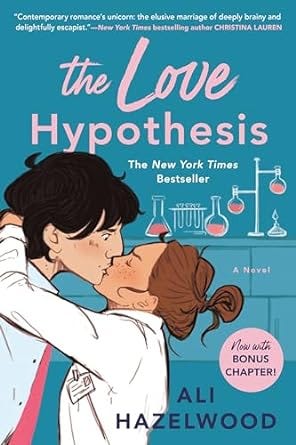

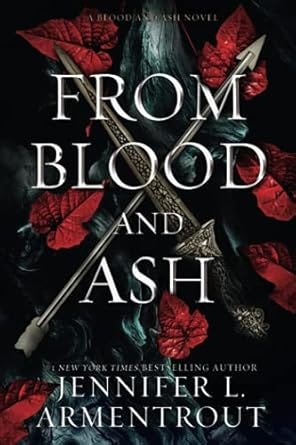

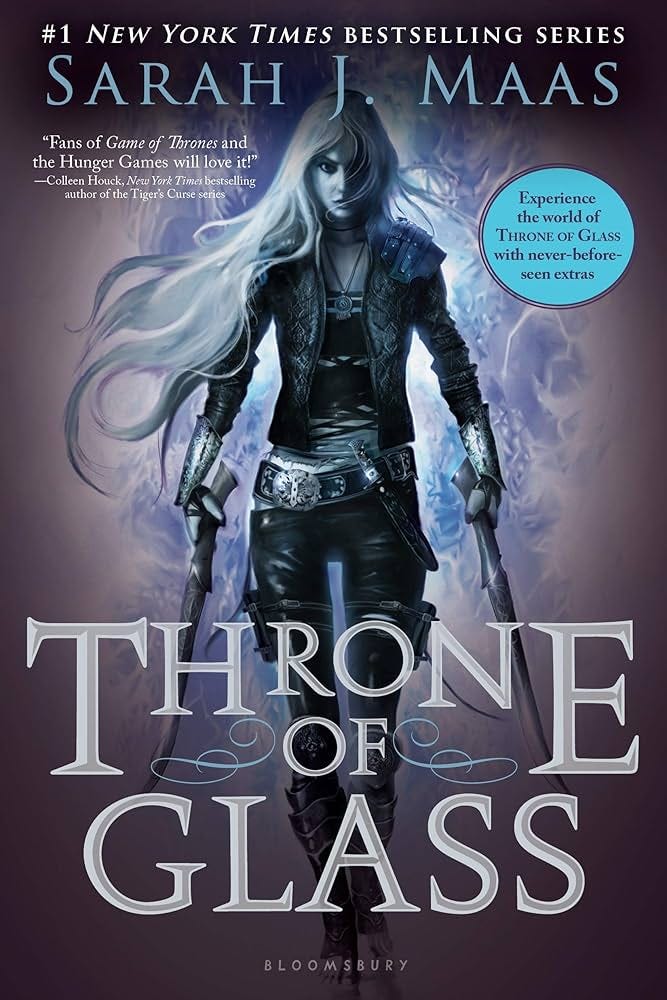
I write later-in-life, Gen X romance, so cartoony or illustrated covers don't feel right to me. I've gone with discreet covers so that people can read my books on a plane or on their commute to work without feeling self conscious. Not on trend, but I'd like to think there's a want and need for that.
Thank you for a fascinating read! I don't mind character-driven romance covers, but personally, I'm not a fan of the cartoon illustrations. Give me real models! I particularly love the covers that feature abstract photography of real people — Pictures of You and The View Was Exhausting come to mind (with the latter being probably my favorite book cover of all time; so aesthetic). Alternatively, I also love really bold, graphic, modern text and no pictures at all — Romantic Comedy is a good example.